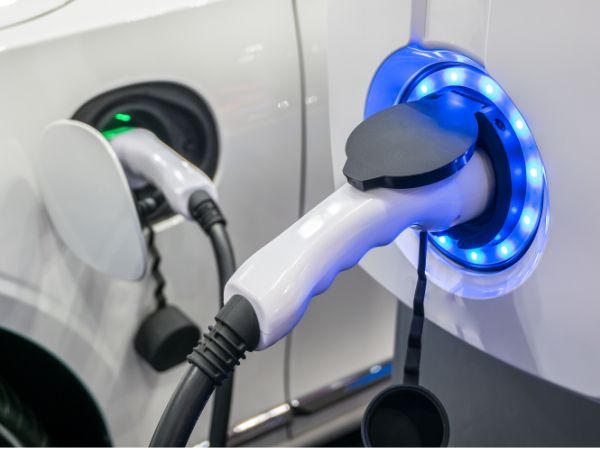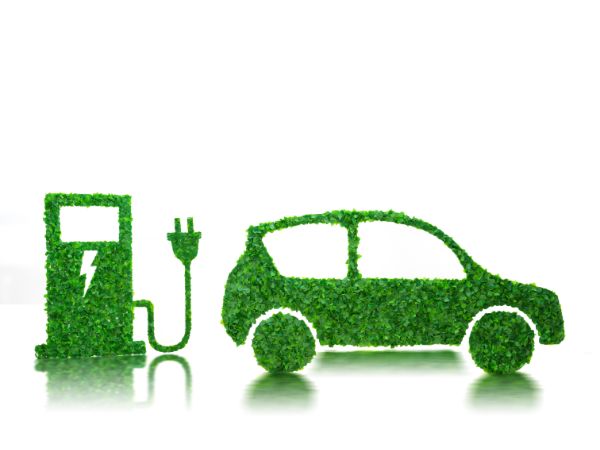SUNTZU Headhunting: Insights on China’s NEV Market at the 2024 Guangzhou Auto Show
At the 2024 Guangzhou Auto Show, Zhao Yang, Vice President of the China Council for the Promotion of International Trade (Automotive Sub-Council), shared promising insights on the country’s thriving new energy vehicle (NEV) market. Fueled by subsidies from national, provincial, and municipal governments and diverse promotions from automakers, the NEV market in 2024 is brimming with vitality. Industry forecasts predict that NEV production and sales will surpass 12 million units this year.
Record-Breaking NEV Milestones
According to data from the China Association of Automobile Manufacturers, in 2023, China produced 9.587 million NEVs and sold 9.495 million, marking year-on-year growth of 35.8% and 37.9%, respectively. By May 2024, cumulative NEV sales had reached 3.89 million units, up 32.5% year-on-year.
On November 14, 2024, China’s annual NEV production surpassed the milestone of 10 million units for the first time, solidifying its status as the world’s leading NEV producer. Between January and October 2024, NEV production and sales stood at 9.779 million and 9.75 million units, reflecting year-on-year growth of 33% and 33.9%.

Factors Driving NEV Growth
1. Government Policy Support
China’s “dual-carbon” goals have not only set a clear direction for NEV development but have also lowered entry barriers for consumers through subsidies, tax exemptions, and incentives like the “green license plate” policy in cities such as Beijing. This has made NEVs a popular alternative for consumers restricted by vehicle license lotteries. Simultaneously, heavy investment in charging infrastructure has addressed range anxiety, encouraging broader adoption.
2. Technological Advancements
Recent breakthroughs in battery technology have significantly increased energy density, reduced costs, and accelerated charging speeds. Tesla’s innovative 4680 battery, for example, has improved both range and charging time. Meanwhile, advancements in autonomous driving and lightweight materials have enhanced driving experiences and safety, further boosting consumer confidence in NEVs.

3. Changing Consumer Preferences
As environmental awareness grows, NEVs’ zero-emission, low-energy features are increasingly appealing. Urban traffic restrictions have also made NEVs more attractive, while improvements in range and fast-charging technology have eased concerns about practicality.
China’s Industrial Strength and Global Expansion
China’s robust manufacturing base and complete supply chain have provided strong support for the NEV sector. Companies such as CATL, a global leader in battery technology, have not only satisfied domestic demand but also gained significant market share internationally. This industrial advantage has reduced overall production costs and bolstered the global competitiveness of Chinese brands like BYD and NIO.
BYD, for instance, has successfully entered the German market, earning a strong reputation for its high-value models. However, challenges remain in building global brand recognition—a crucial step for further expansion into international markets such as Europe and Southeast Asia.
China’s NEV market exemplifies a synergy of government initiatives, technological progress, consumer demand, and industrial capacity, creating a thriving ecosystem that is setting global benchmarks for the industry.

Comments are closed